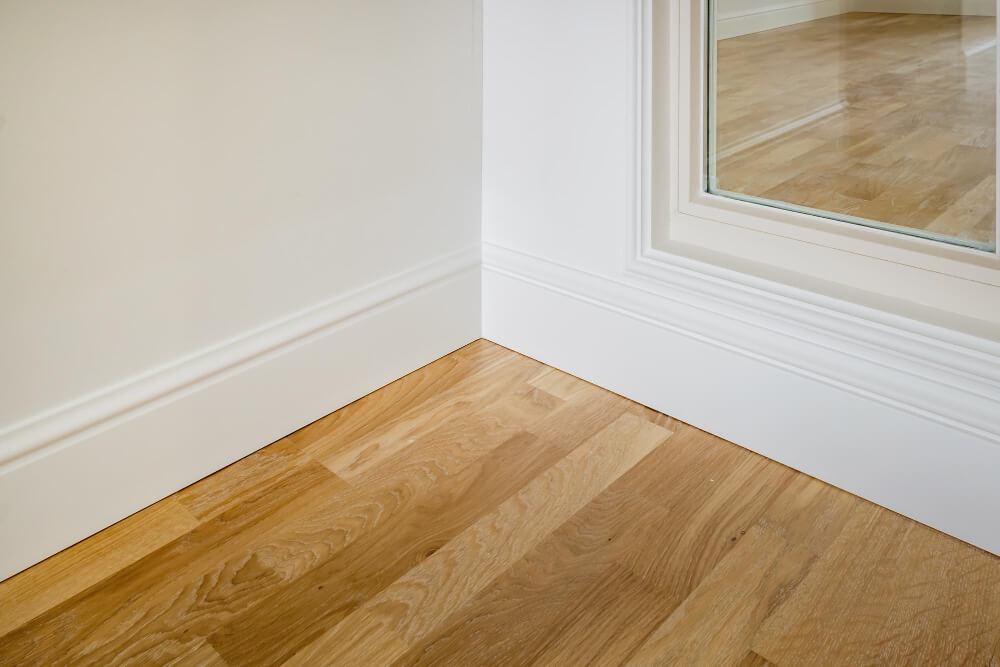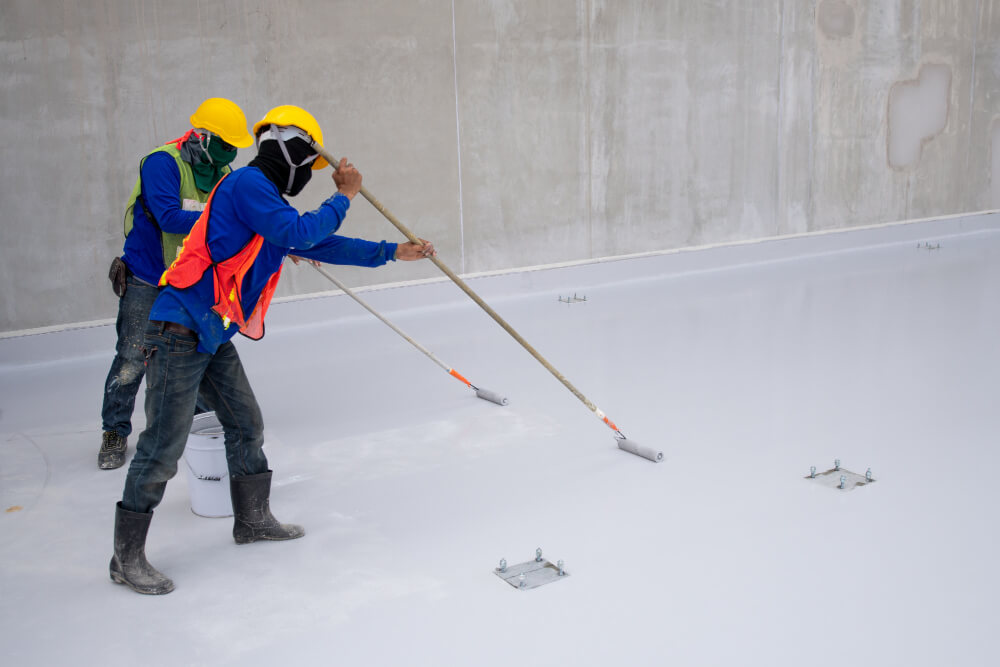Polyurethane floors are a popular choice for many homeowners. They are easy to clean and maintain, and they offer a high level of durability. However, it is important to follow the proper steps when cleaning polyurethane floors in order to protect their finish and keep them looking their best. In this blog post, we will outline the simple steps that you need to take to clean polyurethane floors!
What are Polyurethane Floors?
Polyurethane floors are a type of flooring made from a combination of polyurethane coating and reinforcing fabric. The polyurethane forms a hard, durable surface that is resistant to wear and tear.
Polyurethane floors are a popular choice for commercial applications, as they are easy to clean and maintain. Besides, the polyurethane paint for making polyurethane floors are also relatively affordable, making them a popular option for budget-conscious businesses. Polyurethane floors come in a variety of colors and textures, allowing you to find the perfect fit for your space.
Steps of Cleaning Polyurethane Floors
Step 1: Picking Up Dust and Debris
The first step in cleaning polyurethane floors is to remove any loose dirt and dust. A soft broom or vacuum cleaner with a soft brush attachment can be used for this purpose. Be sure to go over the entire floor, paying special attention to corners and crevices where dirt might accumulate.
Step 1.1: Sweep with a dust mop
Dust mopping is the best way to remove loose dirt, dust, and debris from your polyurethane floor. Be sure to use a dust mop with soft, clean pads. You may need to go over the floor several times to remove all of the dirt and dust.
Step 1.2: Sweep with a broom made for hardwood floors
If you do not have a dust mop, you can use a broom made for hardwood floors. Be sure to sweep in the direction of the grain to avoid scratches.
Step 1.3: Vacuum often
Vacuuming is another effective way to remove dirt, dust, and debris from polyurethane floors. Be sure to use a vacuum cleaner with a soft brush attachment because it helps sweep up debris while being gentler on your floor than a beater bar. The floor may need to be vacuumed several times before the dirt and dust are all removed.
Step 2: Damp-Mopping the Floor
Once the floor has been swept or vacuumed, it is time to damp-mop the floor. This will remove any remaining dirt and dust, as well as any stains that might be present.
Step 2.1: Mix up a solution of soap and water
The first step in damp-mopping is to mix up a solution of soap and water. You can use any type of mild soap with neutral pH, such as dish soap or those soaps specifically made for polyurethane floors. Be sure to mix the soap and water together until the water is sudsy.
Step 2.2: Get your mop wet
Once you have mixed up your soap and water solution, it is time to get your mop wet. Be sure to wring out the mop so that it is only damp, not soaking wet. If the mop is too wet, it will cause streaks on the floor or leave behind too much water, which can damage the polyurethane finish.
Step 2.3: Wring out the mop completely
Before you damp-mopping the floor, be sure to wring out the mop completely. This will remove any excess water that could damage the polyurethane finish.
Step 2.4: Use a damp mop on the floor
Once you have wrung out the mop, you can begin damp-mopping the floor. Be sure to move the mop in a back-and-forth motion across the floor. Work in small sections so that the floor does not dry before you have a chance to wipe it clean.
Step 2.5: Dry the area with a clean cloth
After you have damp-mopped the floor, be sure to dry the area with a clean cloth like a soft microfiber cloth. This will remove any remaining water and soap solution, as well as any streaks that might be present.
Step 3: Cleaning Up Spills
Polyurethane floors are resistant to spills, but they can still happen. If you do have a spill, it is important to clean it up as soon as possible to prevent stains from setting in.
Step 3.1: Clean up spills immediately
As soon as a spill happens, be sure to clean it up immediately. The sooner you get to clean up any spills, the less likely they are going to leave a stain
Step 3.2: Try an ammonia-free glass cleaner
If you have a spill that is proving to be difficult to clean, you can try using an ammonia-free glass cleaner. Be sure to spray the cleaner on a soft cloth rather than directly on the floor.
Step 3.3: Skip vinegar and ammonia
You should avoid using vinegar or ammonia on polyurethane floors because they can damage the finish. If you must use one of these cleaners, be sure to dilute it with water and test it in a small, inconspicuous area first.
Step 4: Maintaining Polyurethane Floors
Polyurethane floors are easy to maintain and keep clean. However, there are a few things you can do to keep them looking their best.
Step 4.1: Clean regularly
The best way to keep polyurethane floors clean is to vacuum or sweep them on a regular basis. This will remove any dirt, dust, or debris that might be present.
Step 4.2: Add throw rugs at entryways
Another way to maintain polyurethane floors is to add throw rugs at entryways. This will help catch any dirt, dust, or debris that might be brought in from outside.
Step 4.3: Prevent scratching from the furniture with felt protectors
You can also prevent scratching from the furniture by adding felt protectors to the legs of any chairs or tables. This will create a barrier between the polyurethane floor and the furniture, preventing any damage.
Step 4.4: Don’t buff, polish, or wax polyurethane floors
You should avoid buffing, polishing, or waxing polyurethane floors because this can damage the finish. If you must buff or polish the floors, be sure to use a product that is specifically made for polyurethane floors. Waxes should also be avoided as they can dull the shine of the floor.
Conclusion
Polyurethane floors are easy to clean and maintain and you can simply purchase the polyurethane paints from different suppliers like Advanced Polytech to create your unique polyurethane floors. After creating your unique polyurethane floors, you can keep your polyurethane floors looking their best for years to come by following these simple steps. Thanks for reading!
Read More: Please Click Mamak Table


